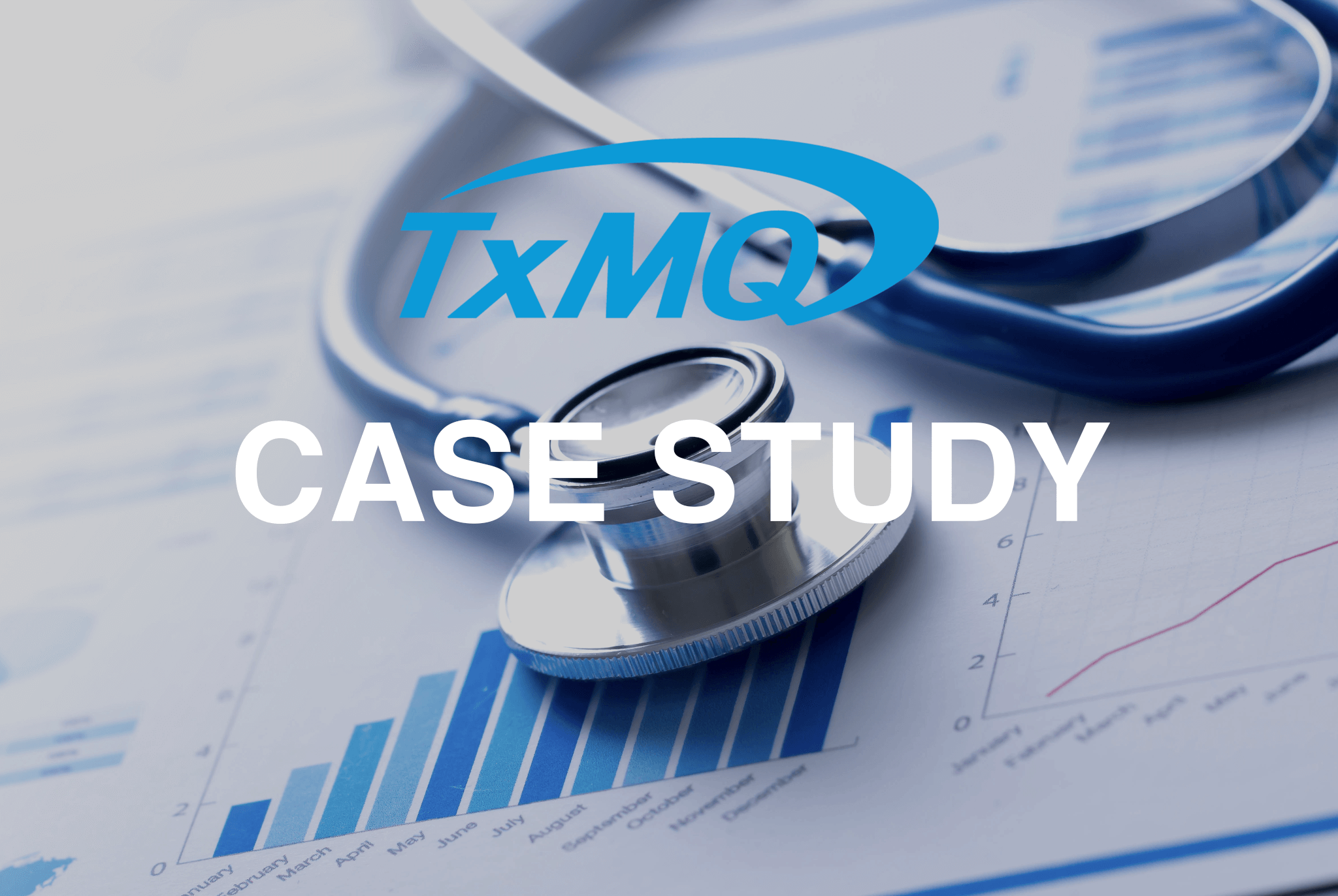Industry: Healthcare/Health Insurance
Overview: A Pharmacy Benefit Management company that helps organizations provide lower cost prescription drugs to their employees was being weighed down by manual processes that have failed to scale with the explosive growth their business has experienced.
Challenge: The organization utilizes many manual, spreadsheet-based processes alongside a third-party Salesforce based system to provide their service to clients. With existing manual processes they were unable to meet increased demand to quickly scale operations.
Solutions: Our solution was to build a data warehouse, automated processes, and an easily accessible web application to replace cumbersome processes. By the end of the initial project our team also provided a plan to continue to improve operations and processes through future upgrades, and modifications.
Technologies: MS SQL Server, Node js, Angular
Summary: Our customer, a Pharmacy Benefits Management organization, helps its customers offer lower prescription drug prices for medications not typically covered by traditional health insurance offerings. Their business had begun to grow rapidly, and it became clear that they couldn’t rely on the spreadsheets and manual processes they had put in place as they scaled up to meet demand. At the same time, they wanted to decrease their reliance on the third-party application they used to manage benefits.
TxMQ helped our customer build a data warehouse to store critical information about client companies, their enrolled employees, and their prescription drug claims. Microsoft SQL Server was chosen as the database technology to fit in with the customer’s Microsoft-centric environment.
In initial development for the project we automated processes to ingest data from flat files and the third-party Salesforce application to build a solid base on which to build scalable, automated replacements for existing manual processes. Now a company agent can easily input, access, and report information through a web application that can quickly generate lists of covered medications, enable exception processing, invoice customers, and support reporting.
The implementation enabled the company to scale more quickly to meet client demand and have grown both it’s client base and revenue more than it ever could have with the legacy solution. Though the initial project has made huge advances in capabilities, the overall modernization effort is ongoing and the client continues to rely on TxMQ as a trusted partner to enable them to continue to grow their business.

